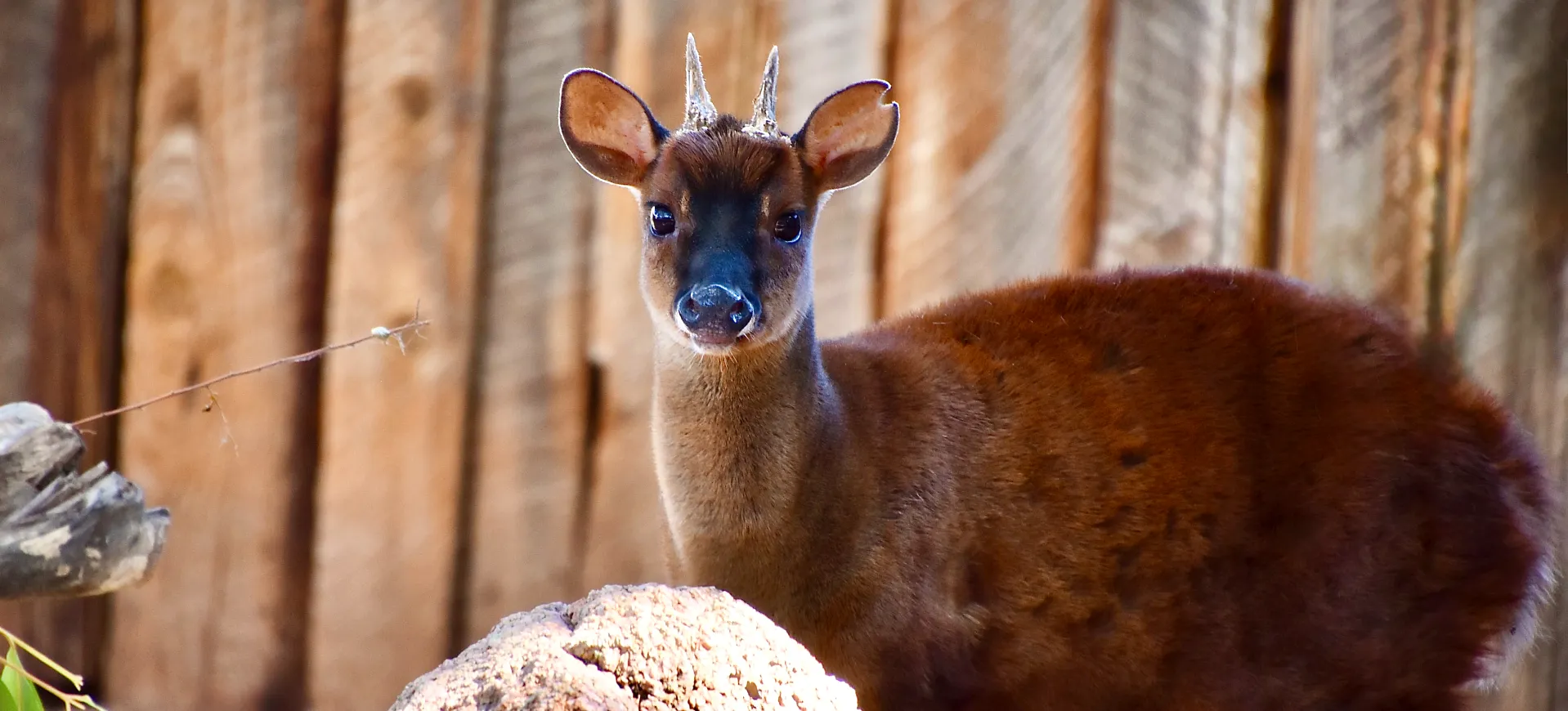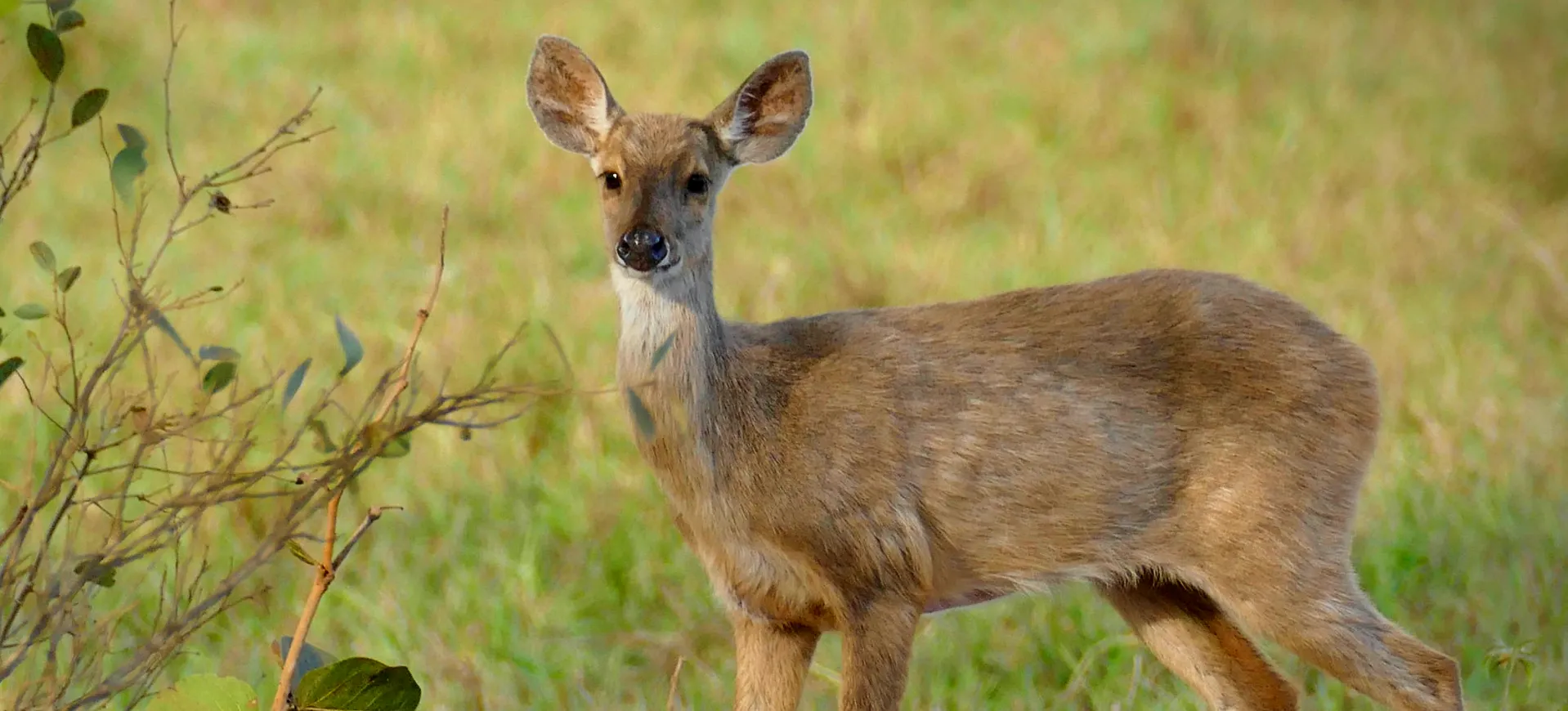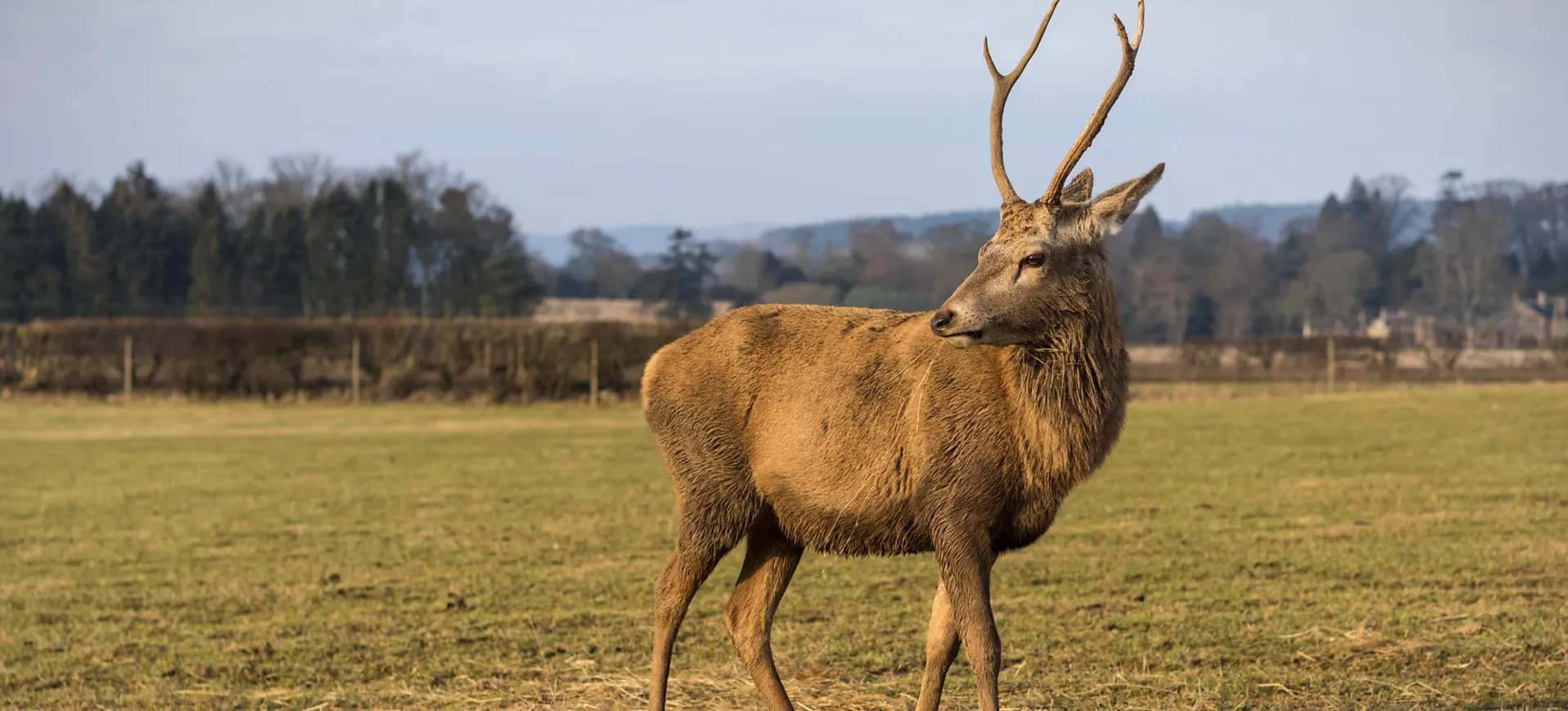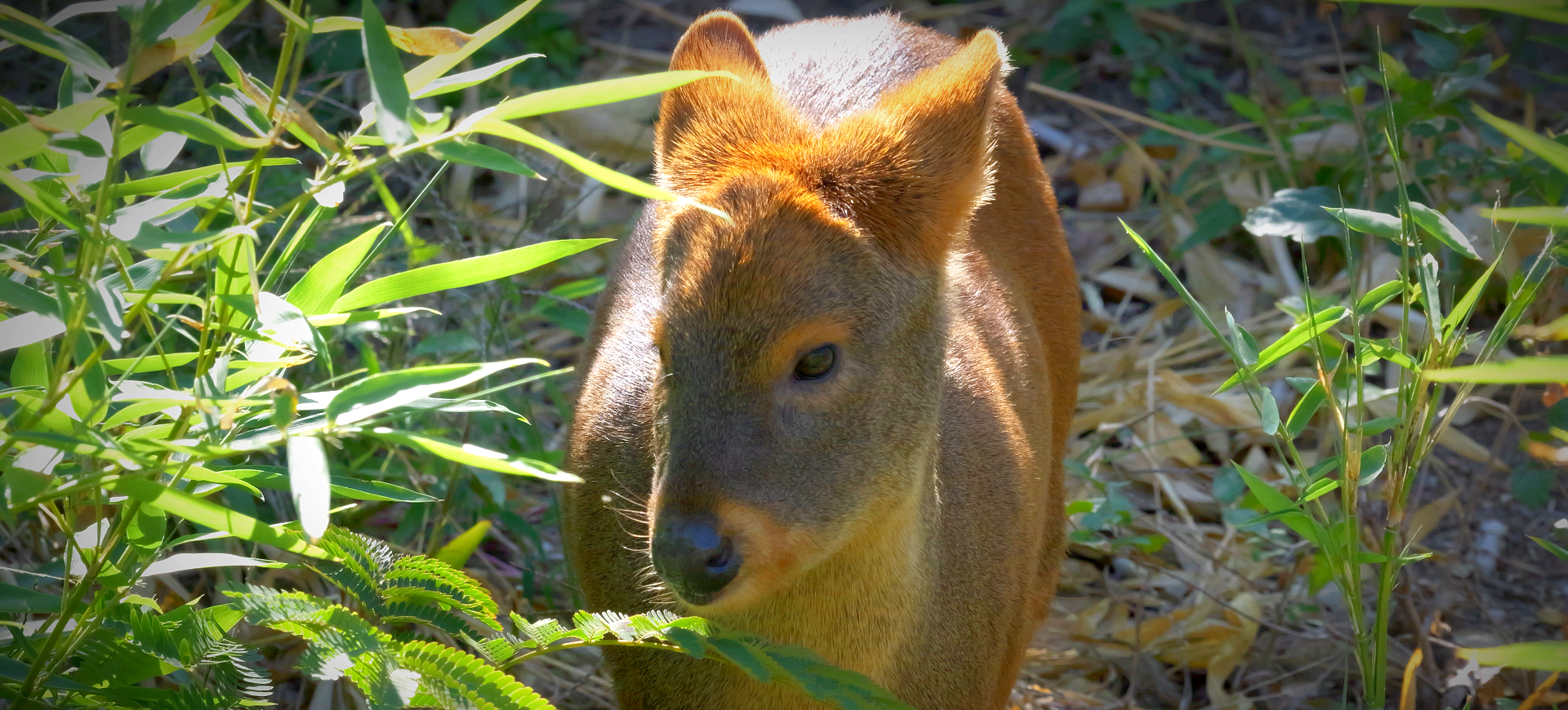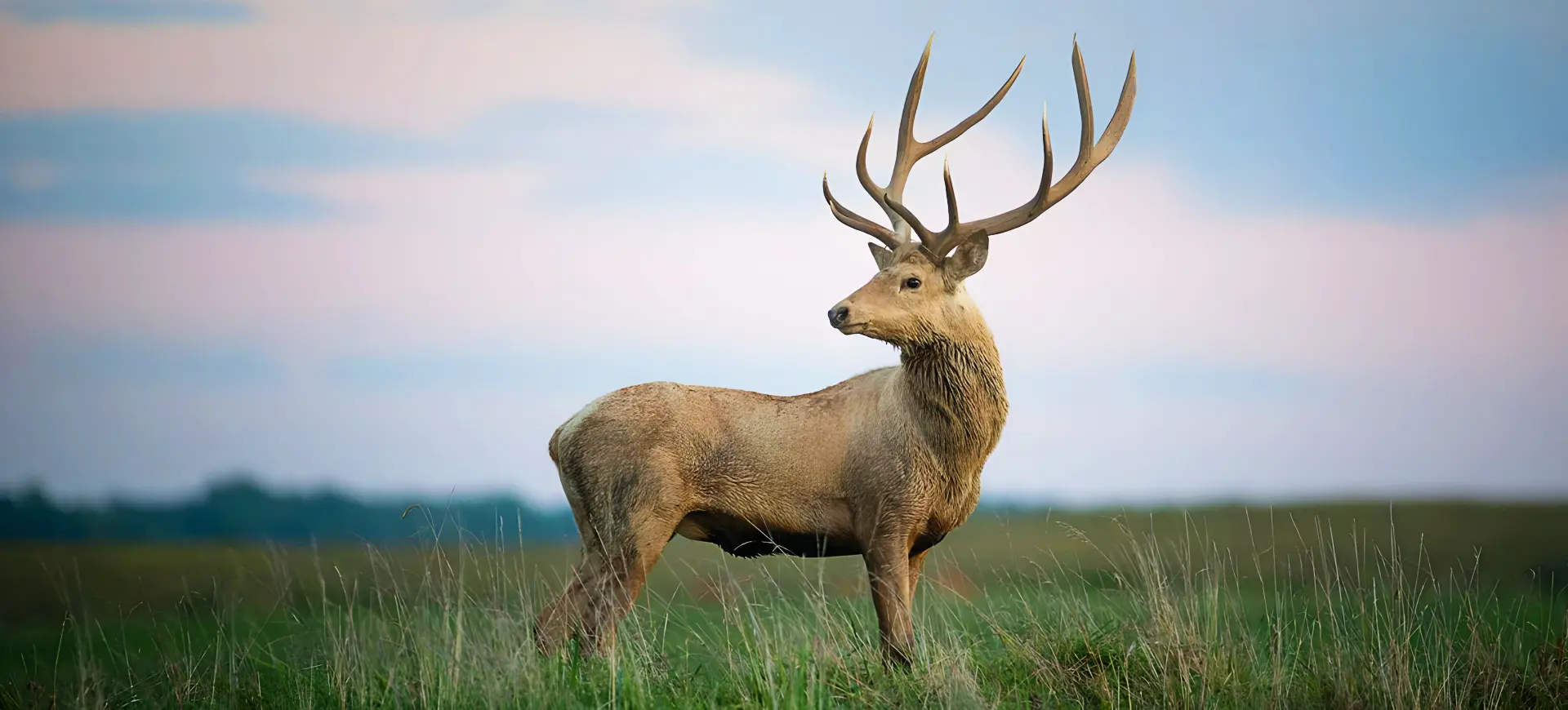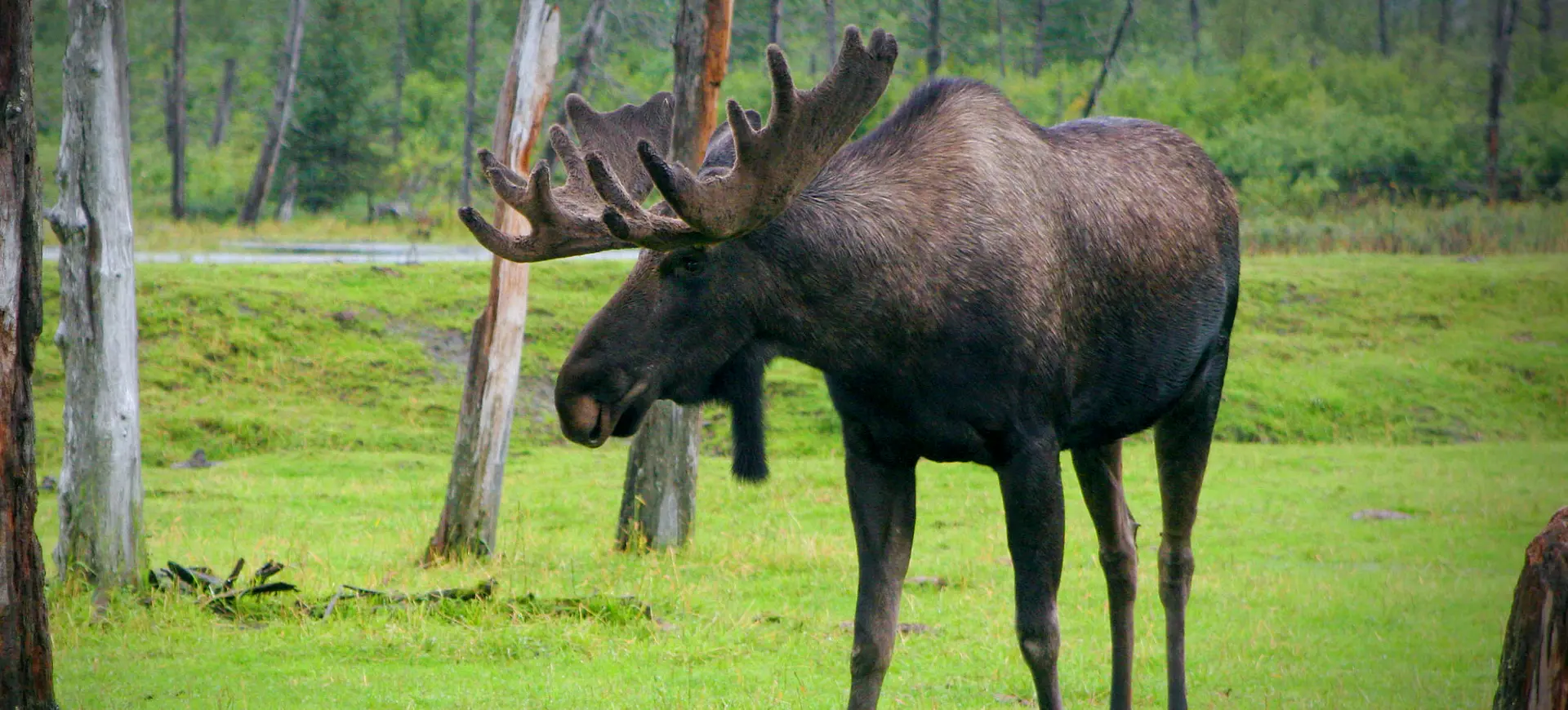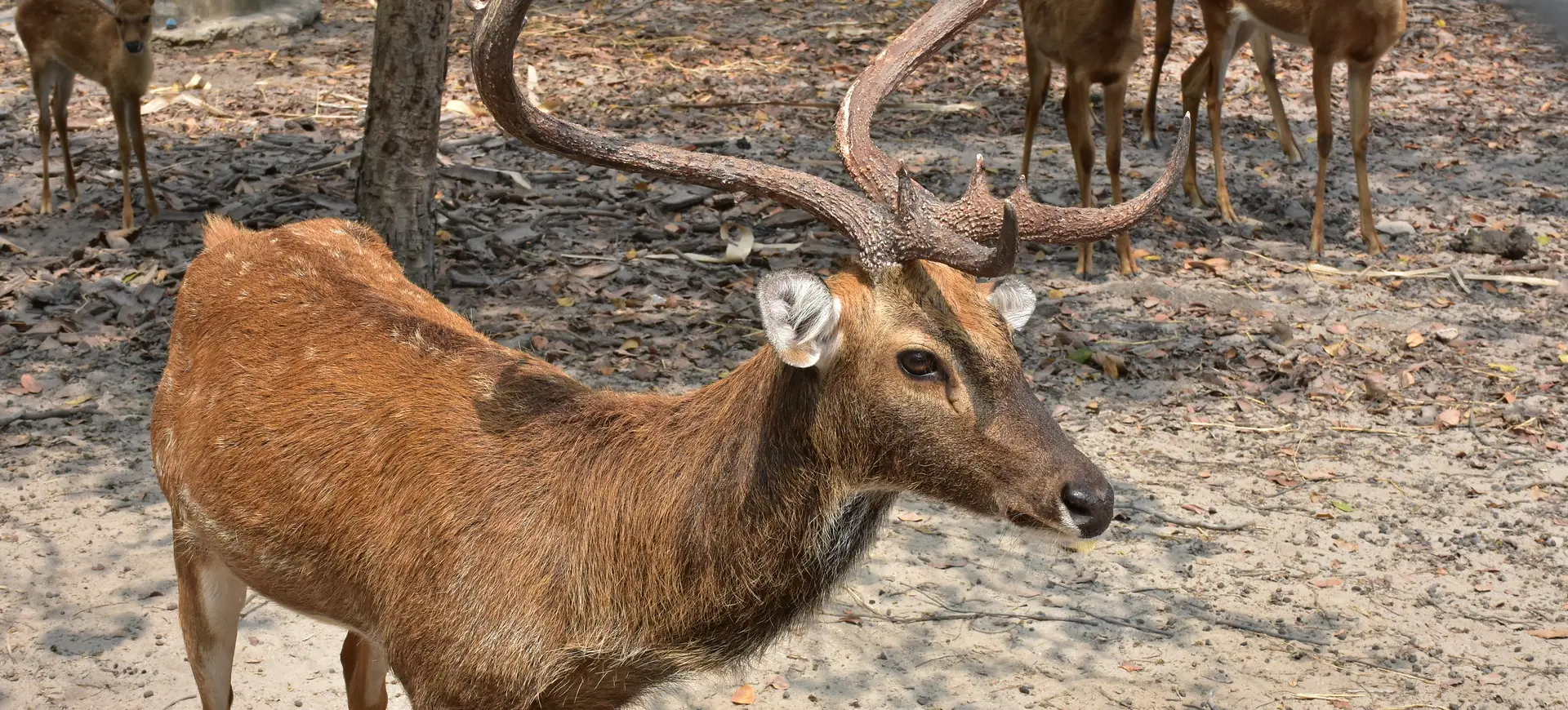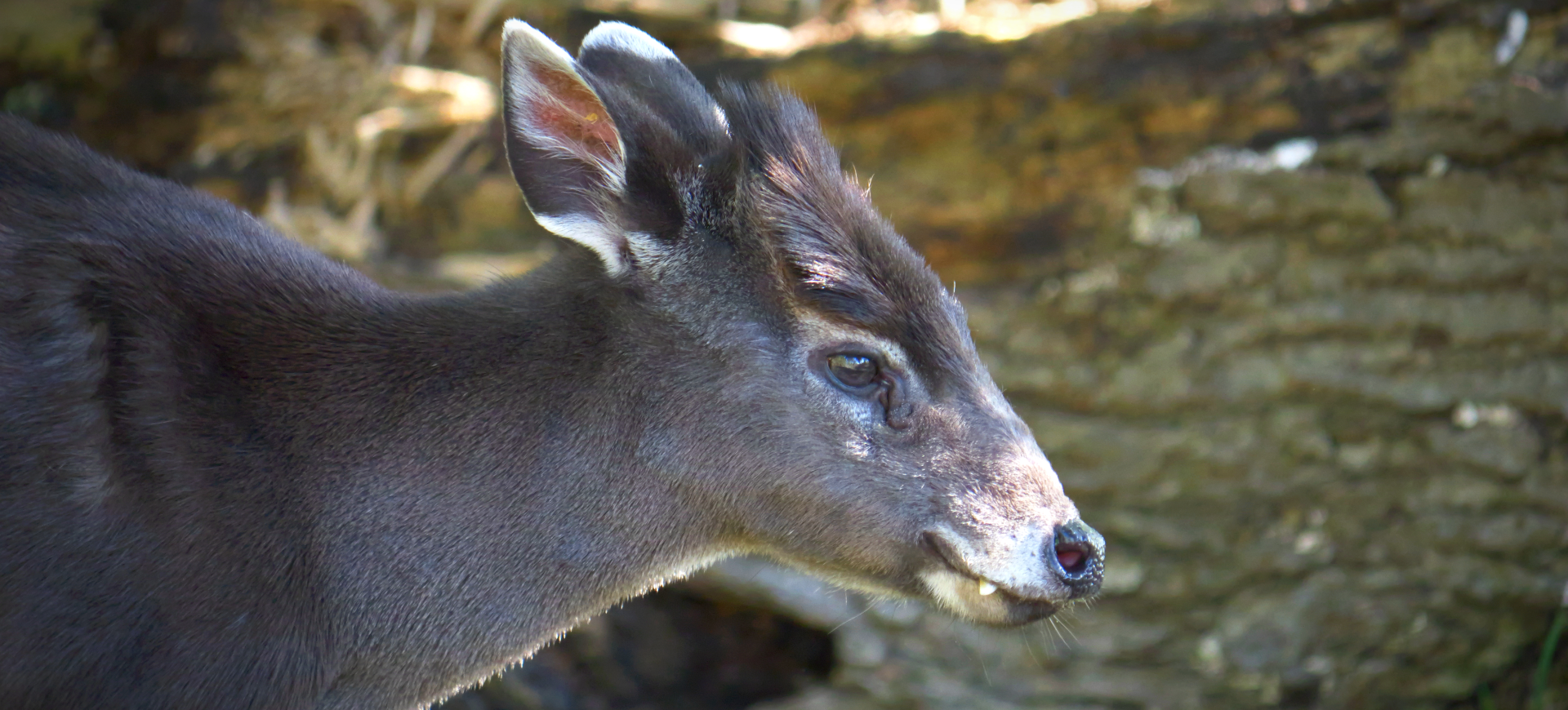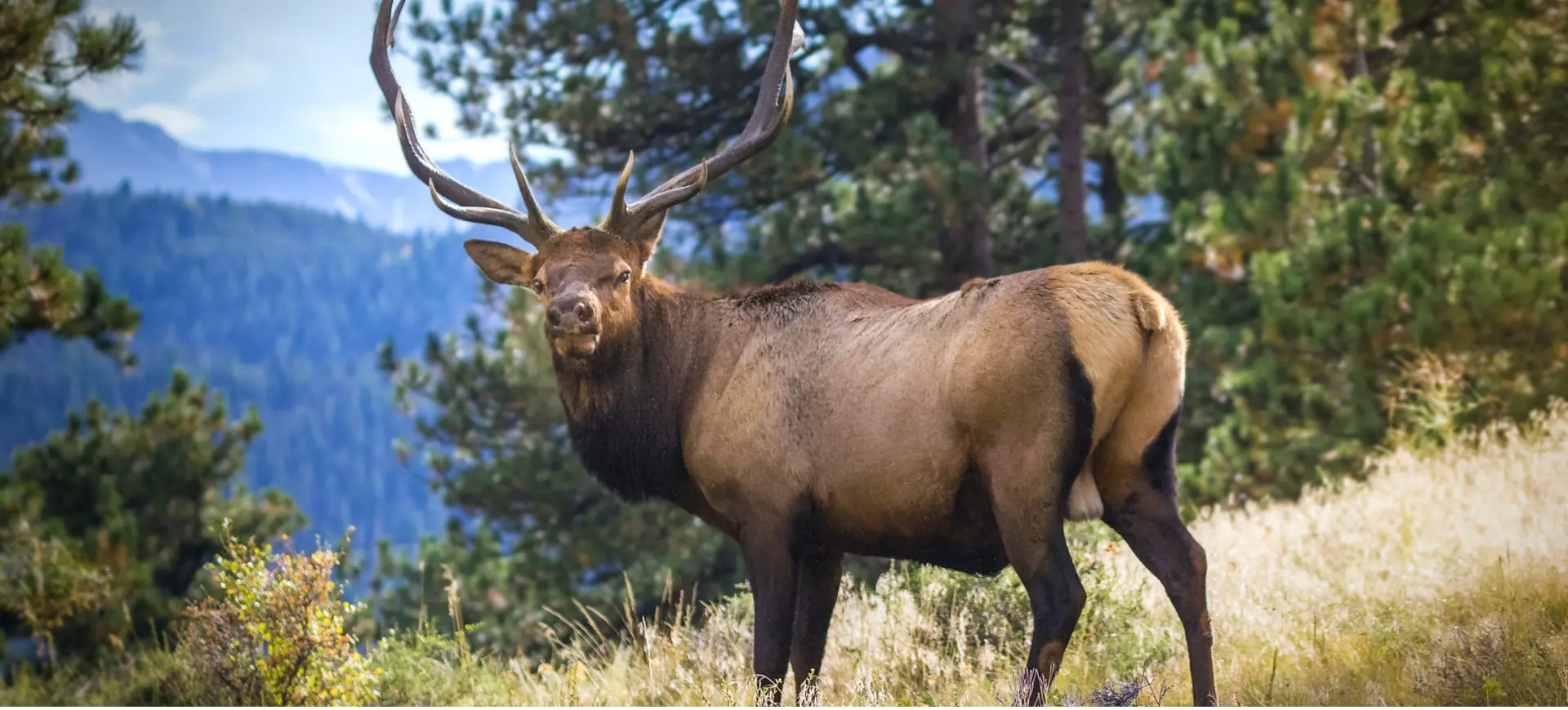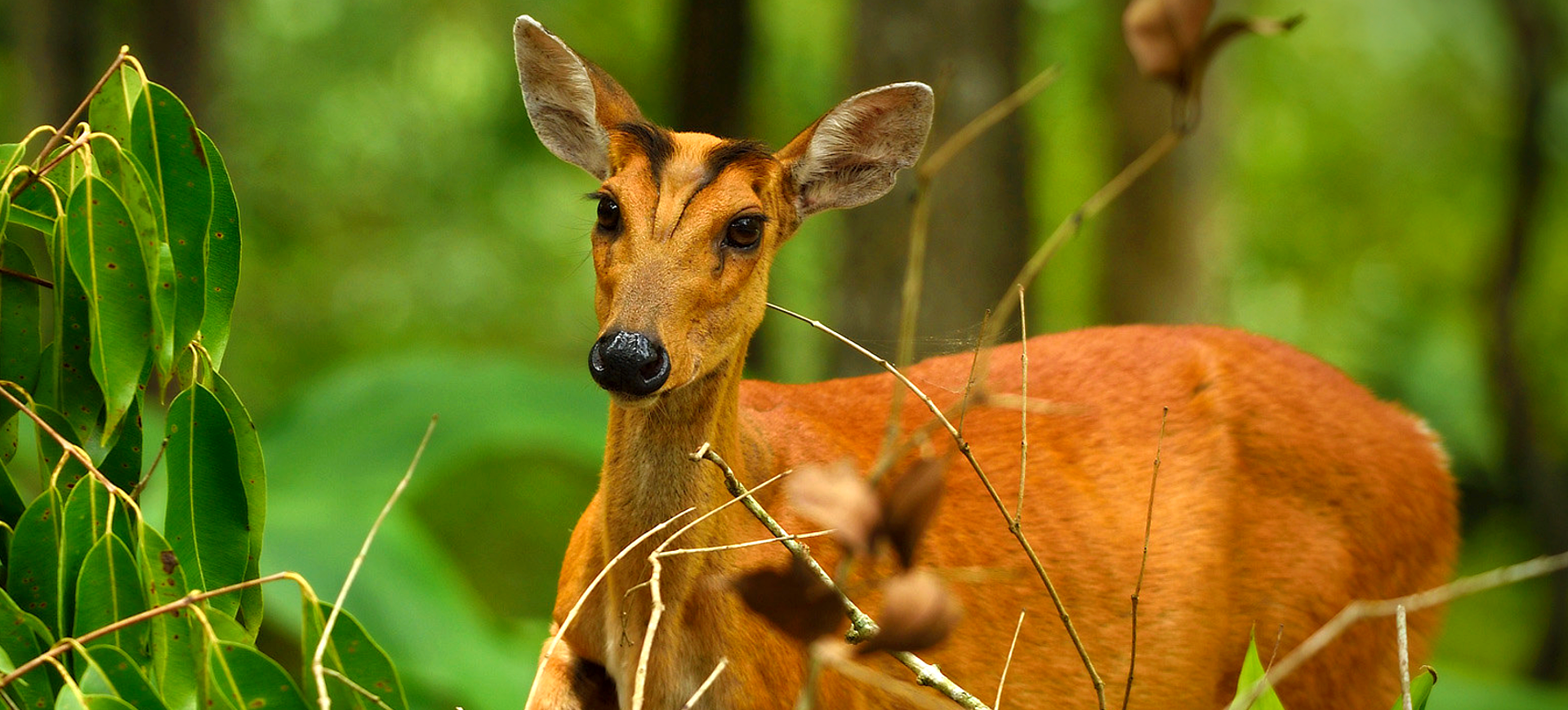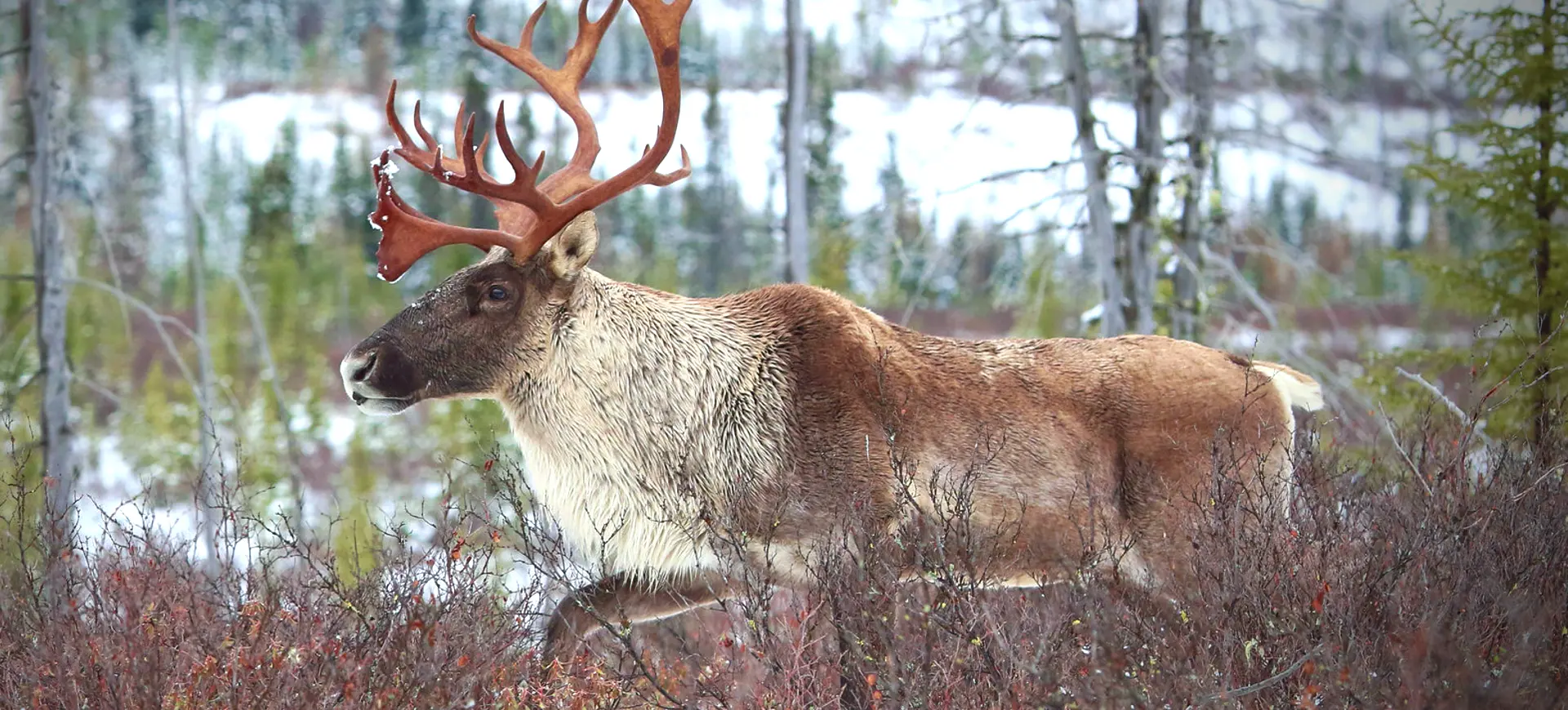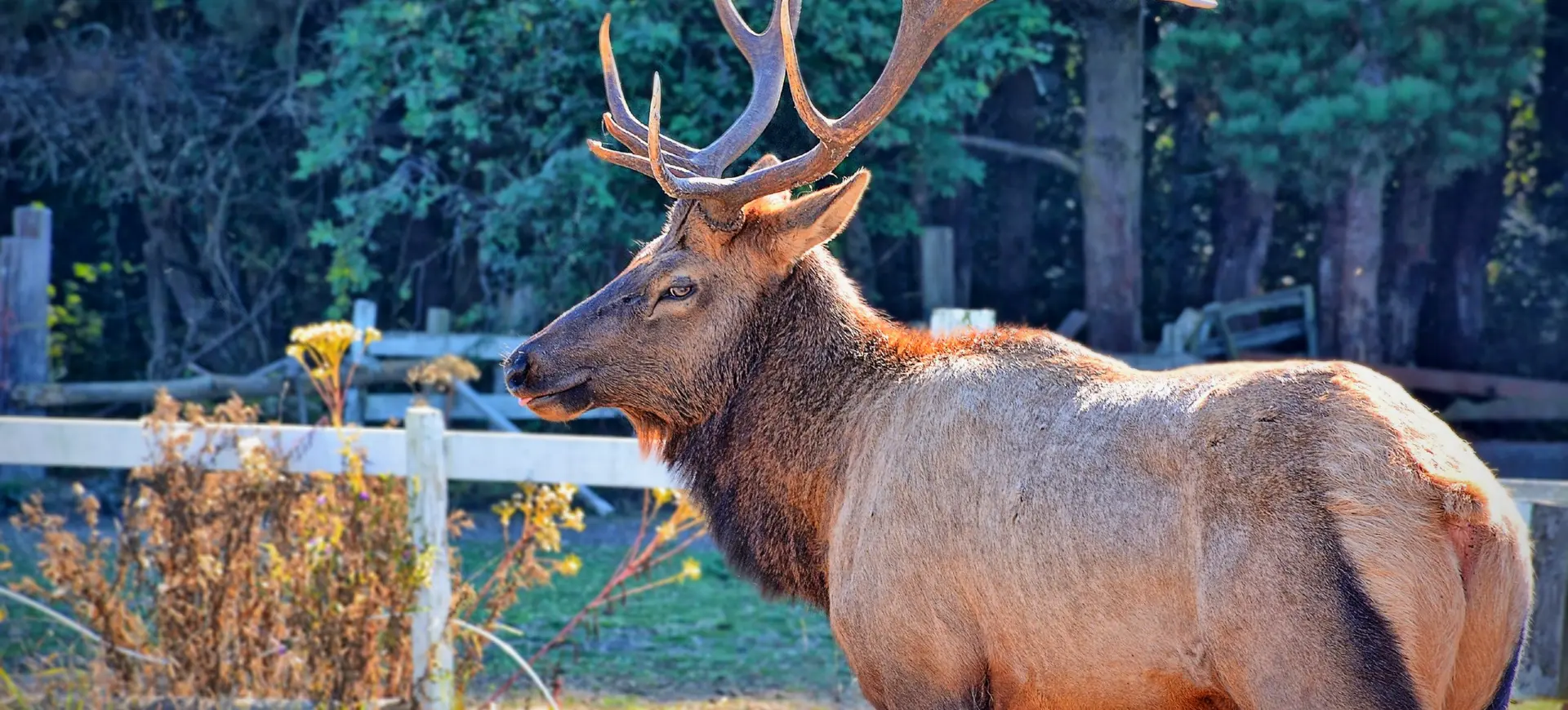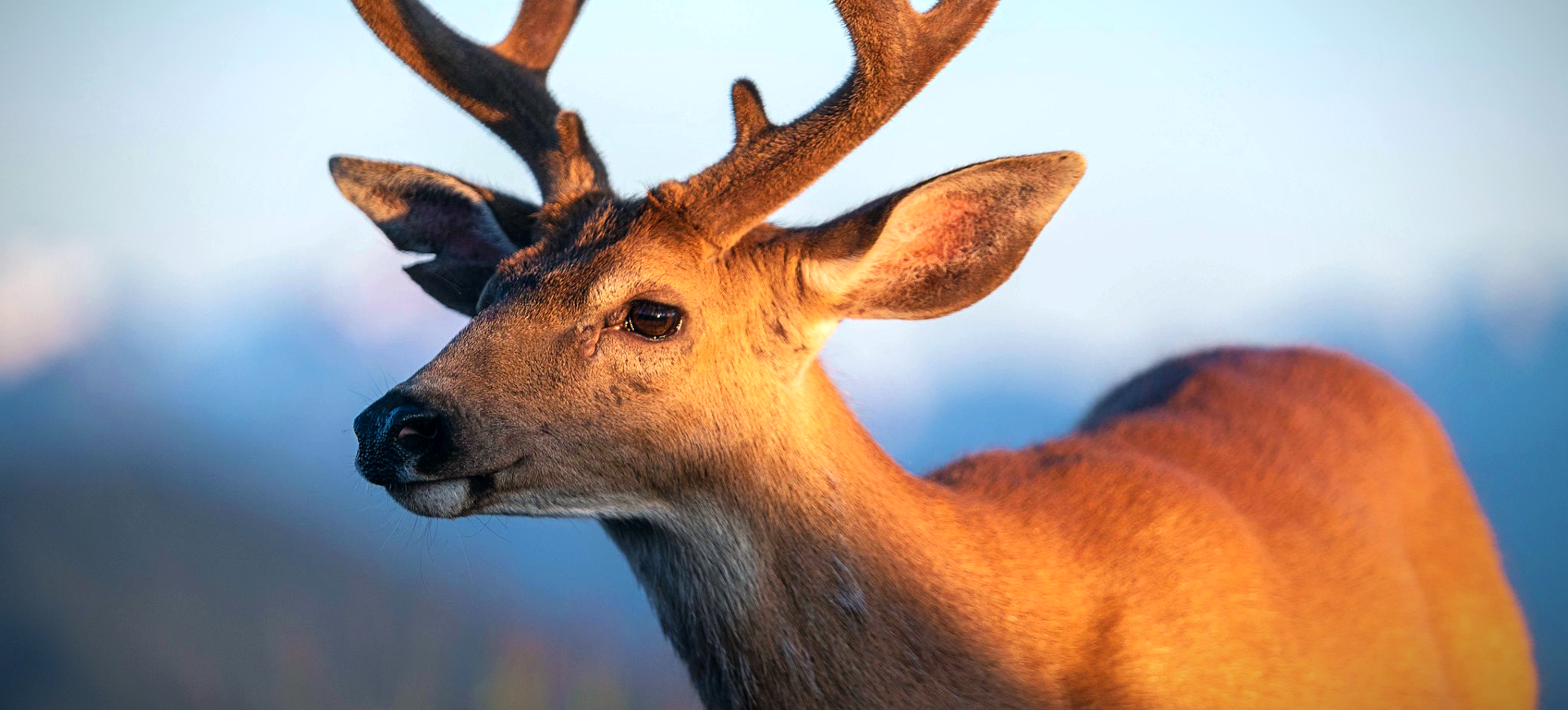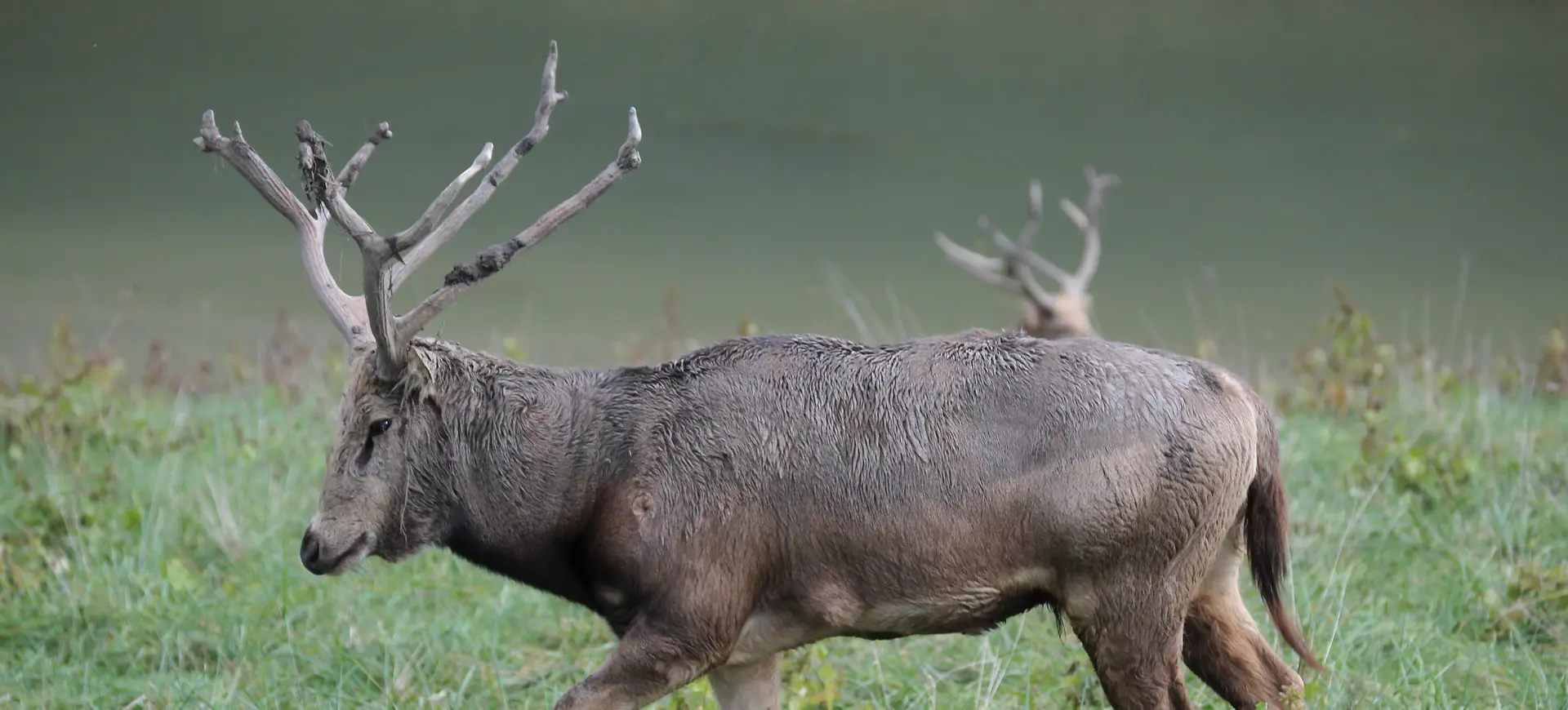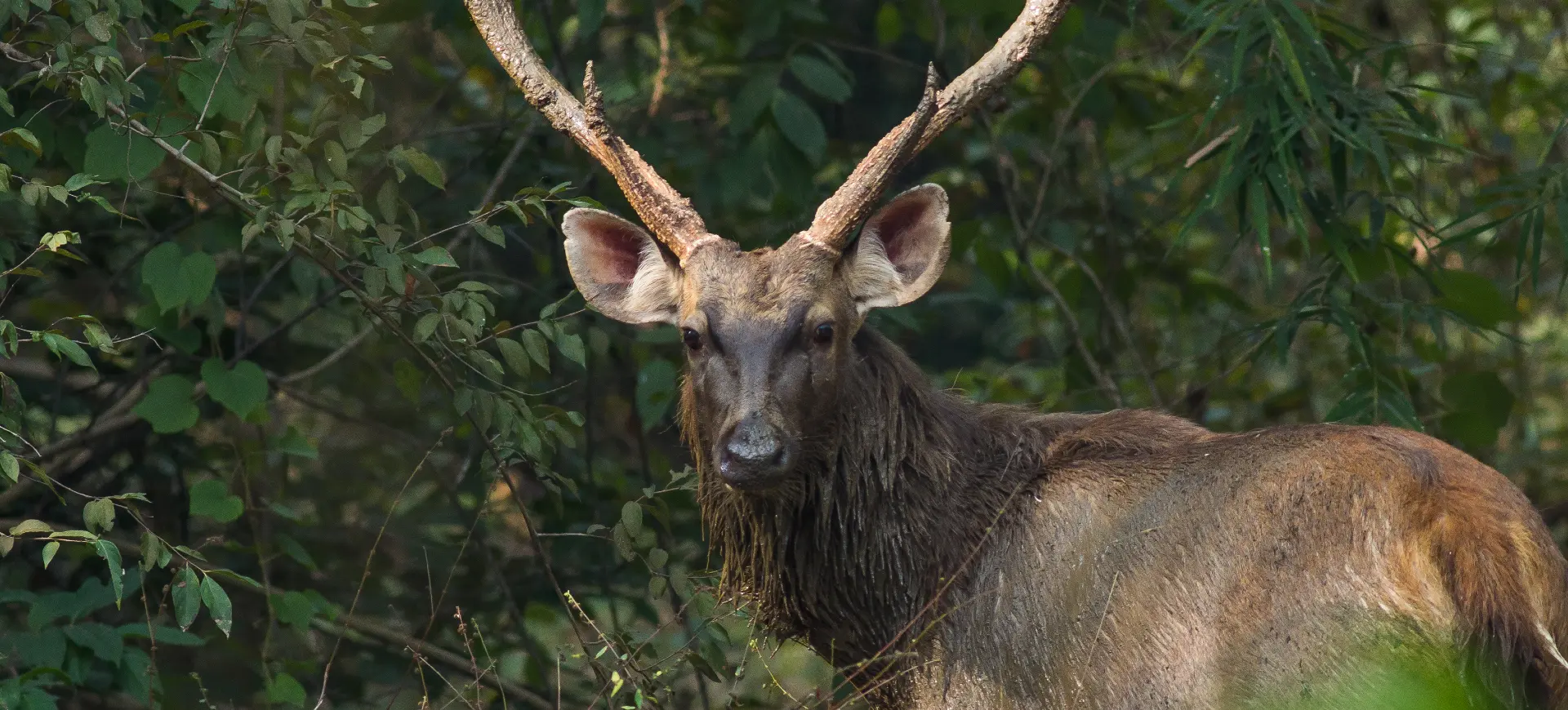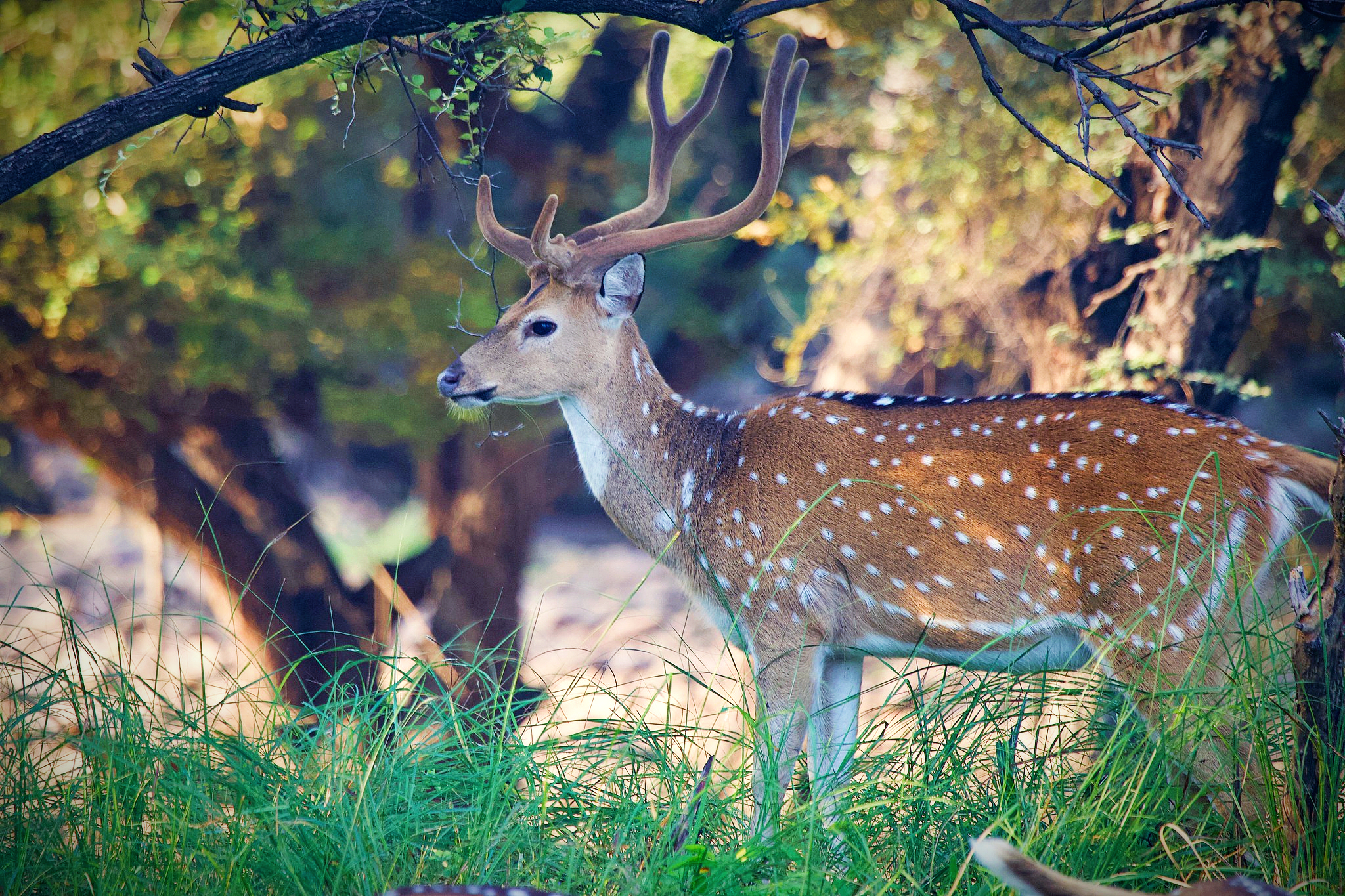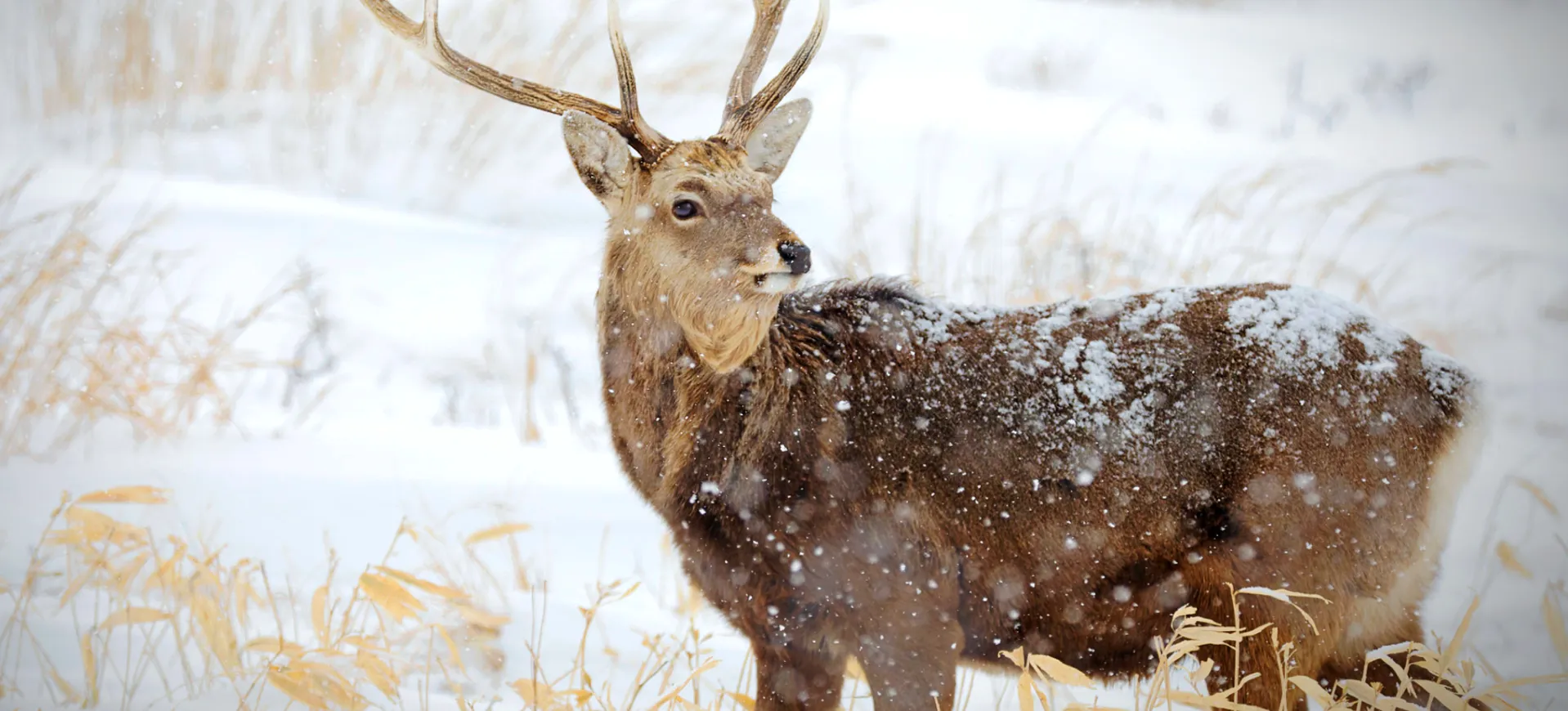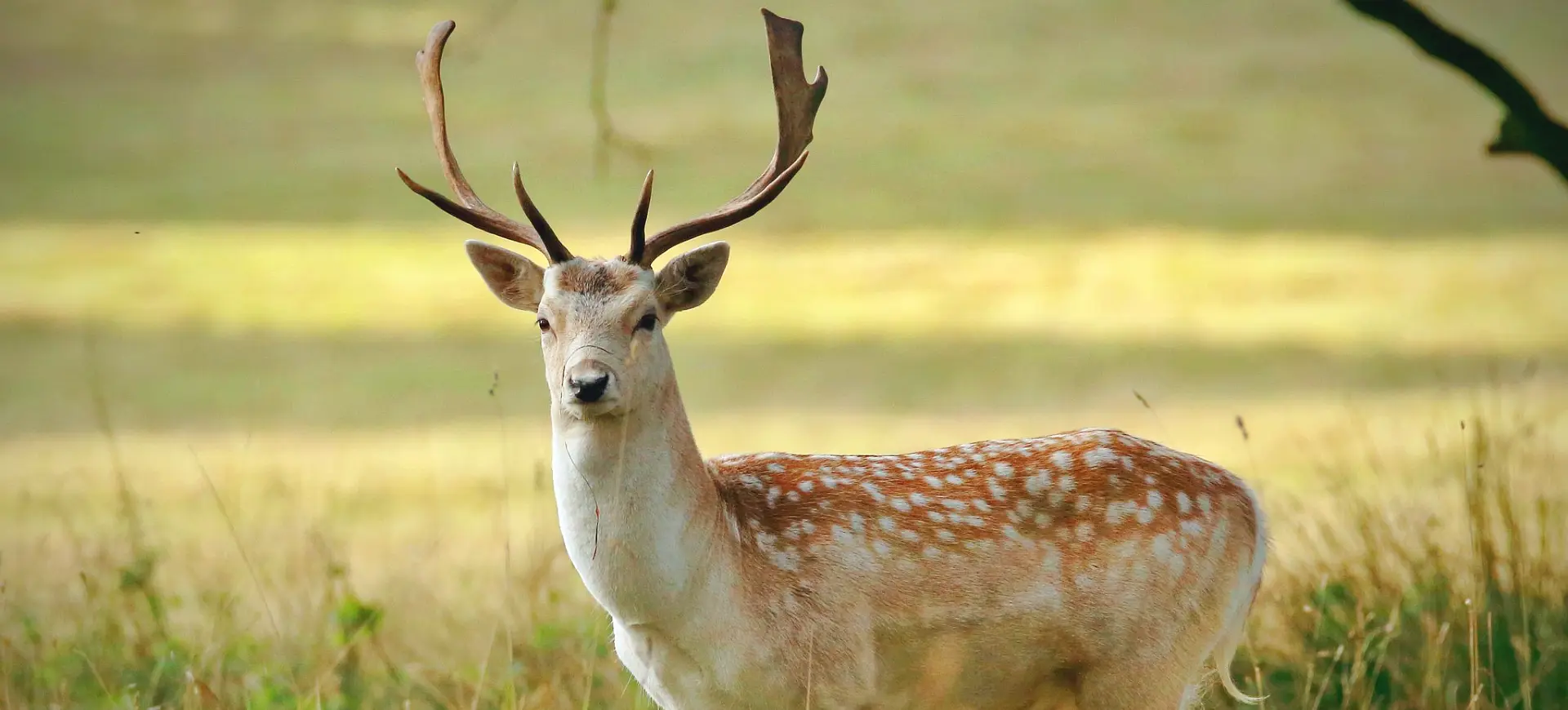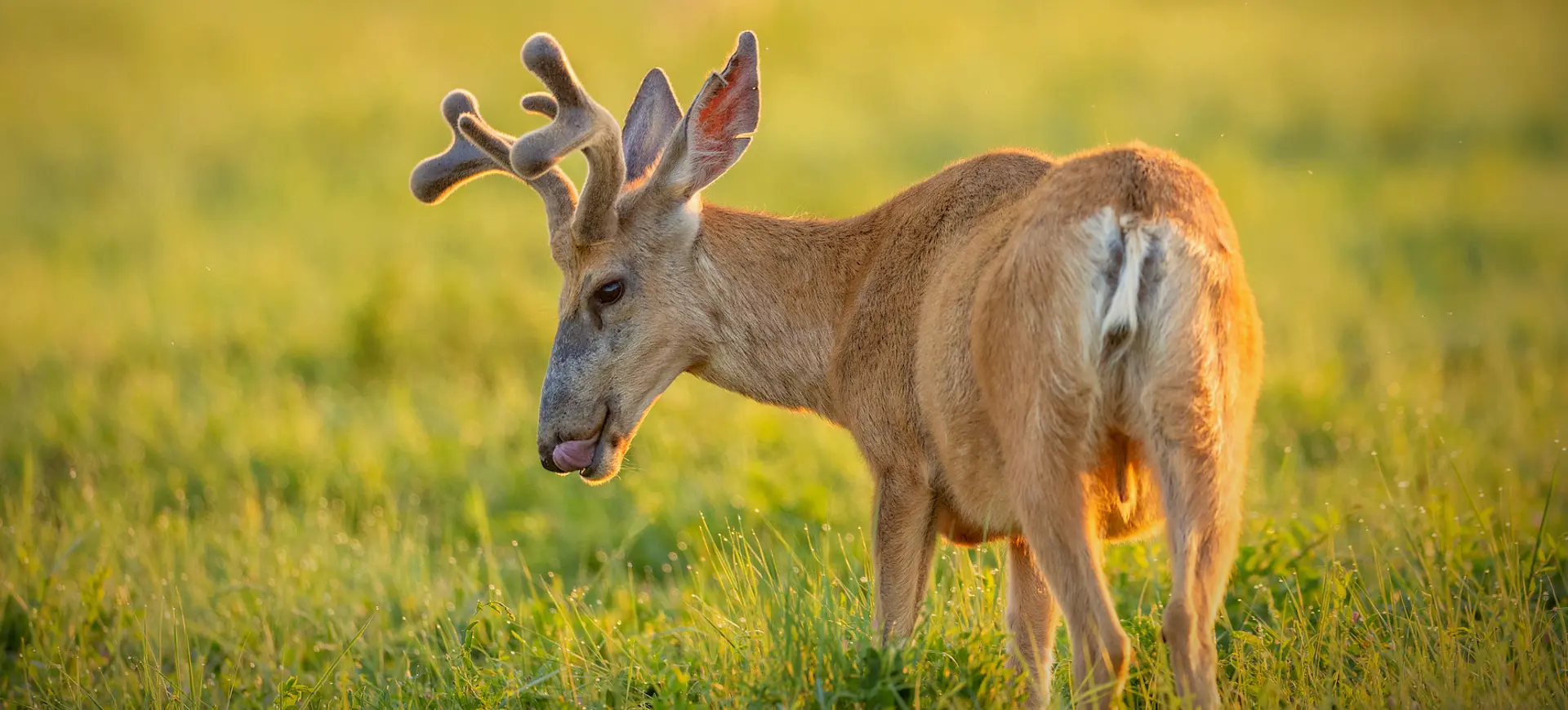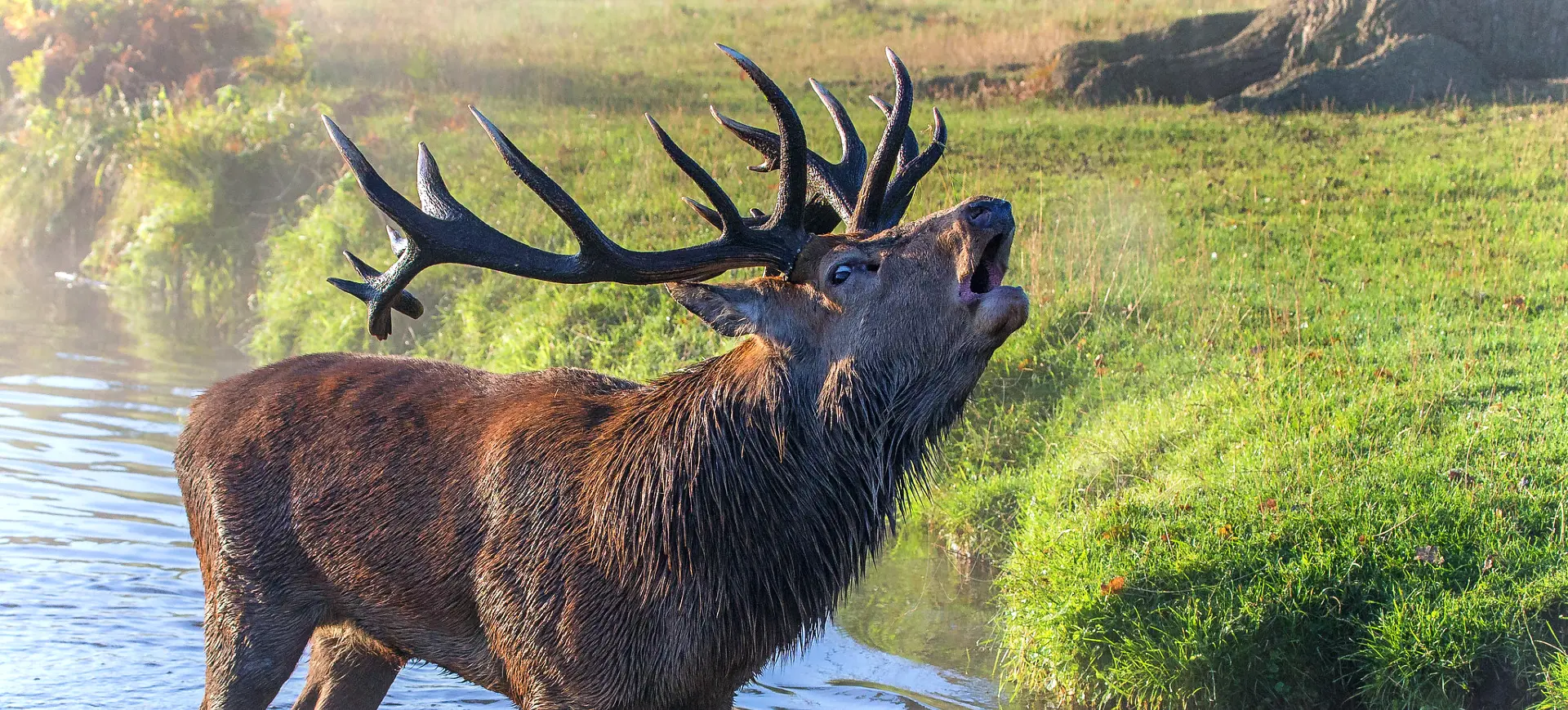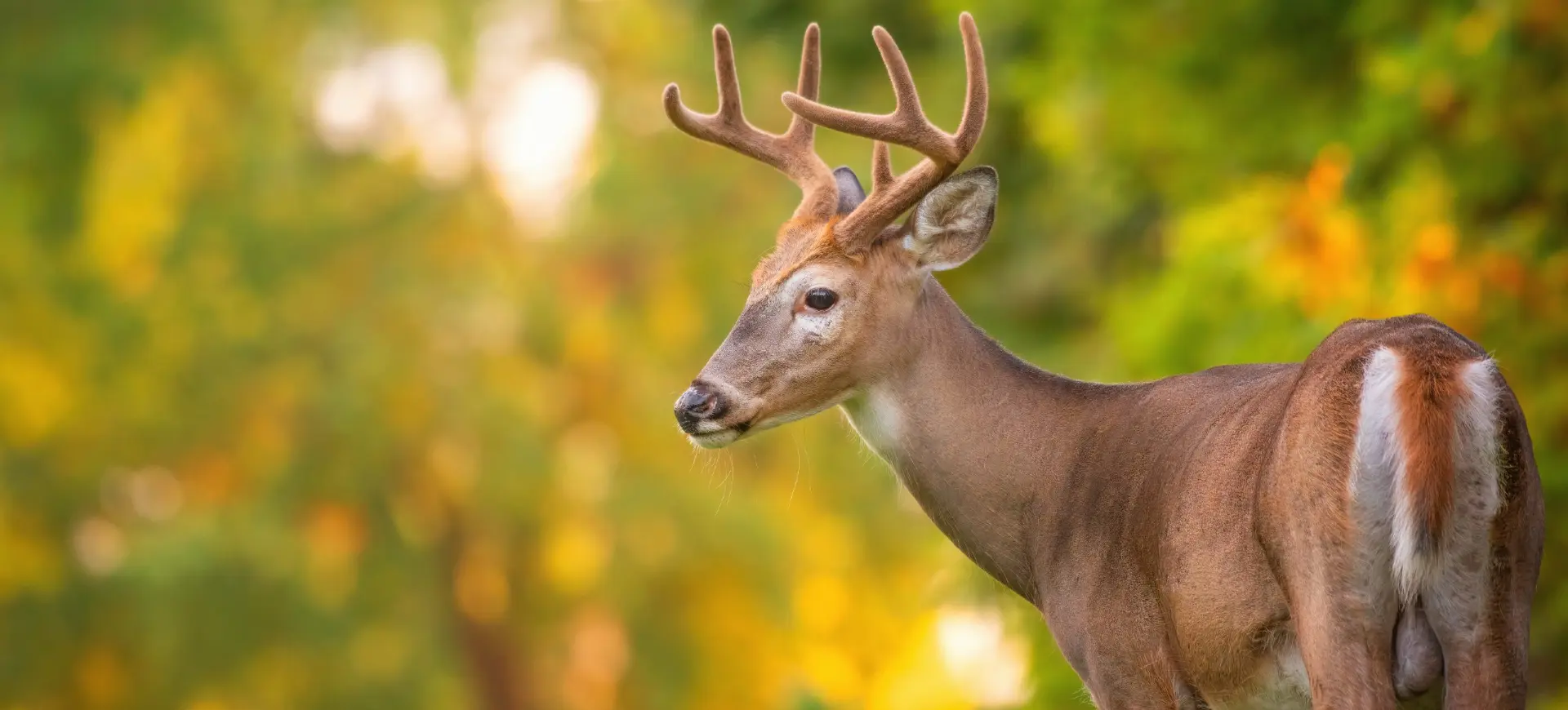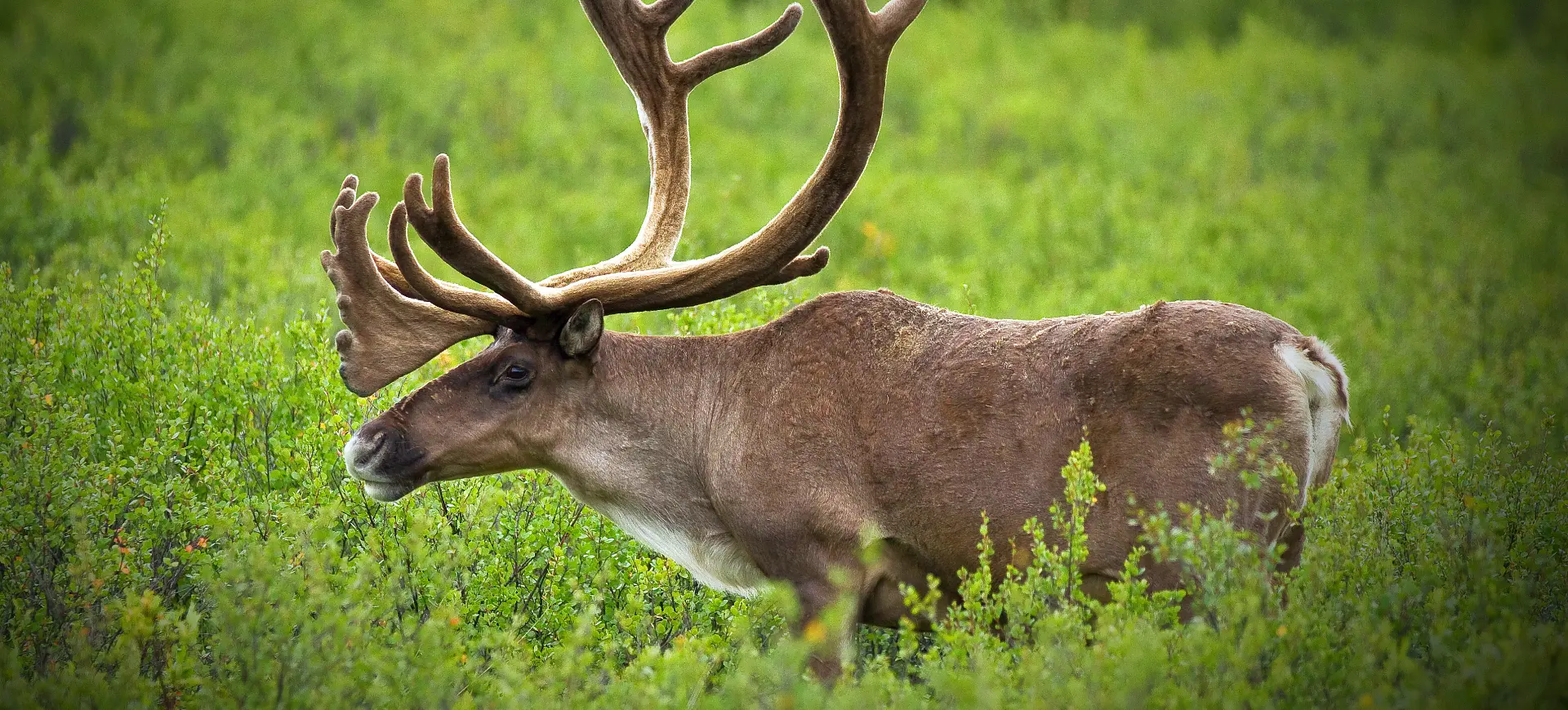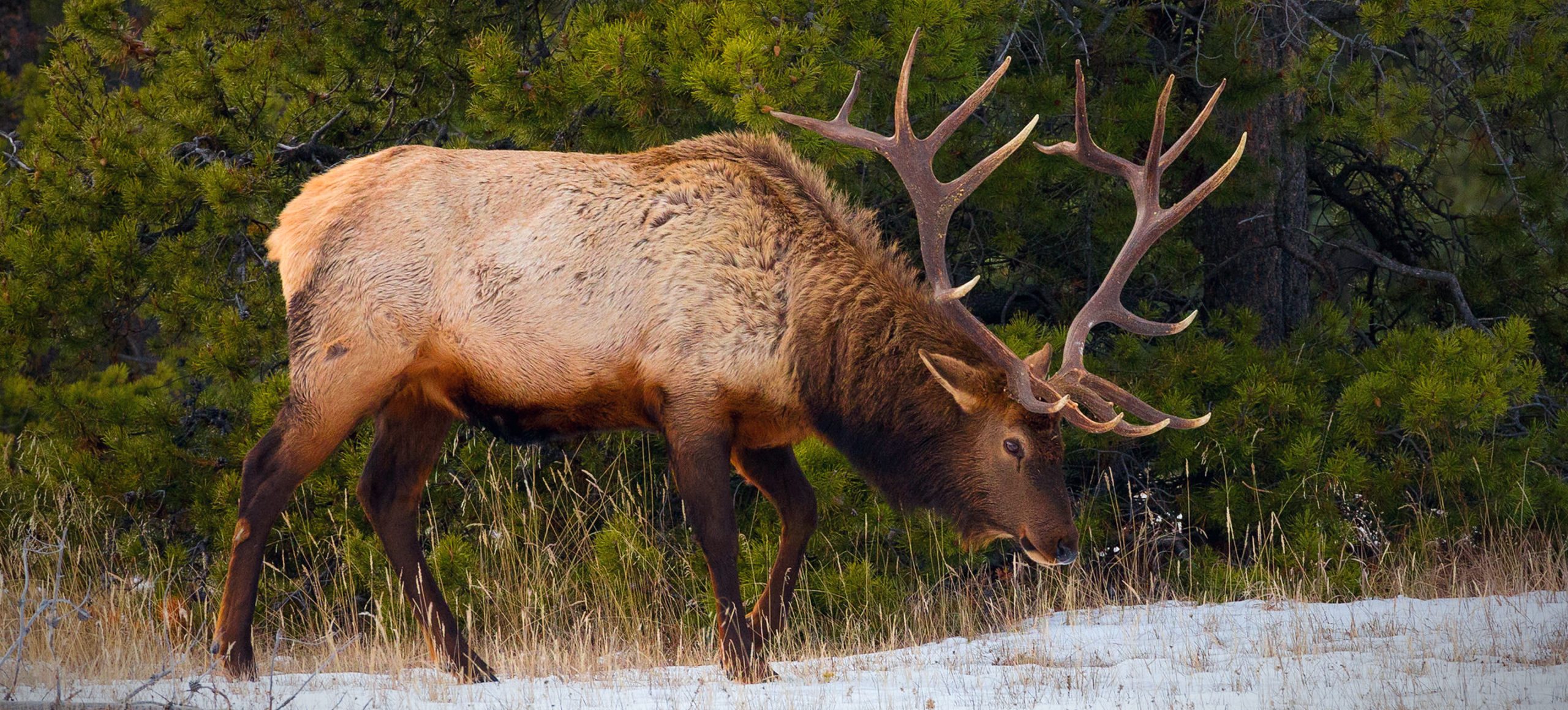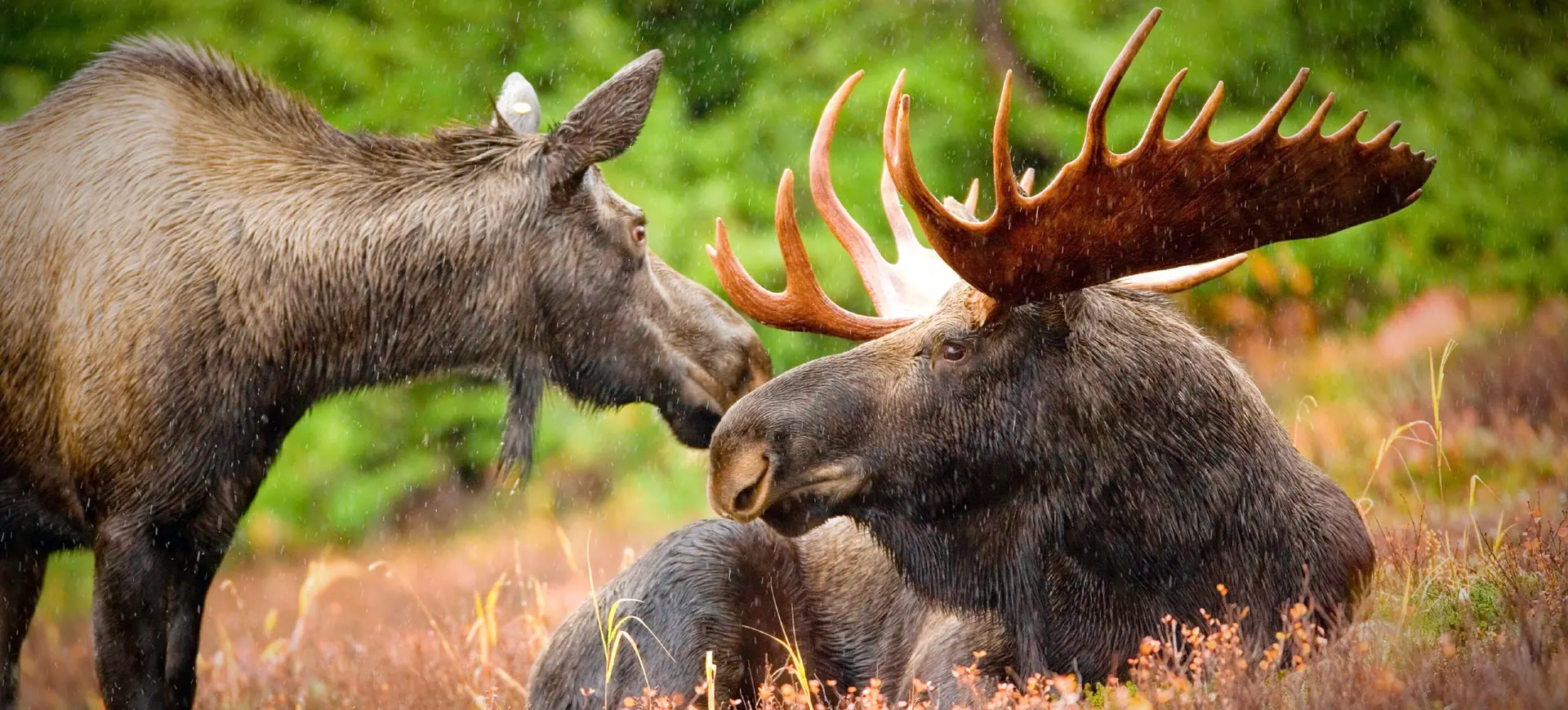Overview
Reeves’s Muntjac is a small deer species native to southeastern China and Taiwan. It has been introduced to other parts of the world, including the United Kingdom, where it has established stable populations. Characterized by its short legs, elongated body, and distinctive “barking” vocalizations, Reeves’s Muntjac is an adaptable species that can thrive in a variety of habitats, including forests, grasslands, and even urban areas.
The species is primarily herbivorous, feeding on a range of plant material such as leaves, fruits, and shoots. However, it is also known to consume small animals and birds occasionally. Reeves’s Muntjac is a solitary animal, although it may form small family groups consisting of a female and her young.
Reeves’s Muntjac faces threats from habitat loss and hunting, but it is not currently considered endangered. Its adaptability and generalist diet have enabled it to survive in a range of environments, making it a species of least concern from a conservation standpoint. However, in areas where it has been introduced, it can become a problematic invasive species.
Taxonomy
Kingdom
Phylum
Class
Order
Family
Genus
Species
Sub Species
Type
Physical Description:
Reeves’s Muntjac is a small to medium-sized deer with a body length ranging from 35 to 51 inches and a shoulder height of about 15 to 18 inches. It has a reddish-brown to dark brown coat, lighter on the belly and darker on the back and legs. The species has small antlers, which can grow up to 4 inches long, and males also possess elongated upper canine teeth that protrude from the mouth.
The species has large, dark eyes and ears, which provide it with keen senses for detecting predators and locating food. Its legs are relatively short compared to its body, giving it a somewhat disproportionate appearance. Despite this, Reeves’s Muntjac is agile and can run up to 18 miles per hour when threatened.

Lifespan: Wild: ~8 years || Captivity: ~16 years

Weight: Male: 22–40 lbs (10–18 kg) || Female: 22–40 lbs (10–18 kg)

Length: Male & Female: 35–51 in (89–130 cm)

Height: Male & Female: 15–18 in (38–45 cm)

Top Speed: 18 mph (29 km/h)
Characteristic:
Native Habitat:
Reeves’s Muntjac is native to southeastern China and Taiwan. It prefers forested areas but is highly adaptable and can be found in grasslands, scrublands, and urban environments. The species is known for its ability to thrive in various habitats, contributing to its success as an invasive species in some regions.
In its native range, Reeves’s Muntjac faces threats from habitat loss due to agriculture and human development. However, its adaptability and generalist diet have enabled it to survive in fragmented habitats, making it a species of least concern from a conservation standpoint.
Biogeographical Realms:
Continents:
Diet:
Diet & Feeding Habits:
Reeves’s Muntjac primarily feeds on plant material, including leaves, fruits, and shoots. It is a browsing species, often feeding on low-lying vegetation and shrubs. The species has a chambered stomach, allowing it to efficiently digest fibrous plant material.
While primarily herbivorous, Reeves’s Muntjac has been known to occasionally consume small animals and birds. It is generally most active during dawn and dusk, although it can be found foraging at various times throughout the day. The species is a solitary feeder, although it may occasionally be seen in small family groups.
Mating Behavior:
Mating Description:
Reeves’s Muntjac has a polygynous mating system, where males compete to access females. The species does not have a specific mating season and can breed year-round. After a gestation period of about 210 days, the female gives birth to a single fawn, which is weaned at around 2 months.
The fawn is born with spots but loses them as it matures. It stays with the mother for several months before becoming independent. Both males and females reach sexual maturity at around 8 to 12 months. Males are territorial and may fight using their antlers and elongated canines to establish dominance and secure mating opportunities.
Reproduction Season:
Birth Type:
Pregnancy Duration:
Female Name:
Male Name:
Baby Name:
Social Structure Description:
Reeves’s Muntjac is primarily a solitary species, although it may form small family groups consisting of a female and her young. Males are territorial and may engage in fights using their antlers and elongated canines to establish dominance. Social interactions are limited, although vocalizations, including distinctive “barks,” are common and serve as a form of communication.
The species is generally most active during dawn and dusk, although it can be found foraging at various times throughout the day. It is a cautious animal, often pausing to listen and smell for predators. When threatened, it can produce a loud bark, an alarm to warn other individuals.
Groups:
Conservation Status:
Population Trend:
Reeves’s Muntjac is generally considered a species of least concern, although localized populations may face habitat loss and hunting threats. Its adaptability and generalist diet have enabled it to survive in various environments, including fragmented habitats. In areas where it has been introduced, such as the United Kingdom, it is often considered an invasive species and is subject to management efforts to control its population.
Conservation efforts for Reeves’s Muntjac are generally focused on population management, particularly in regions where it is considered invasive. In its native range, the species faces threats from habitat loss due to agriculture and human development, although it is not currently considered endangered.
Population Threats:
The primary threats to Reeves’s Muntjac include habitat loss due to agriculture and human development. It can become a problematic invasive species in areas where it has been introduced, impacting local ecosystems and outcompeting native fauna. Hunting is also a concern in some regions, both for sport and as a source of meat.
In its native range, the species can adapt to fragmented habitats, although this can make it more vulnerable to human-wildlife conflict. In the United Kingdom, where it is considered an invasive species, it is subject to management efforts to control its population and mitigate its impact on native ecosystems.
Conservation Efforts:
Conservation strategies for Reeves’s Muntjac primarily focus on population management and habitat protection. In its native range, efforts are made to protect forested areas and other key habitats from agriculture and human development. In areas where it has been introduced, such as the United Kingdom, management efforts include culling and fencing to control its population.
Public education programs are also in place to raise awareness about the species and its ecological role. These programs aim to mitigate human-wildlife conflict and promote coexistence. Research is ongoing to better understand the species’ ecology and behavior, which can inform future conservation strategies.
Additional Resources:
Fun Facts
- Reeves’s Muntjac is also known as the “barking deer” due to its distinctive vocalizations.
- The species can breed year-round, unlike many other deer species.
- It is one of the smallest deer species, standing only about 15 to 18 inches at the shoulder.
- Reeves’s Muntjac is highly adaptable and can thrive in various habitats.
- The species has a polygynous mating system, with males competing to access females.
- Its chambered stomach allows it to efficiently digest fibrous plant material.
- Reeves’s Muntjac is a solitary animal but may form small family groups.
- The species has been introduced to the United Kingdom, which is considered invasive.
- It can run up to 18 miles per hour when threatened.
- Despite its small size, Reeves’s Muntjac has elongated upper canine teeth that protrude from the mouth, used in fights for dominance.








